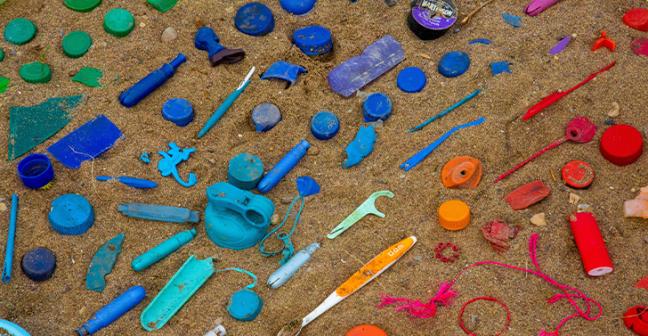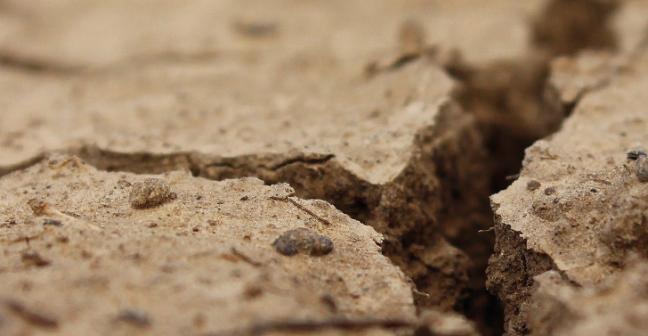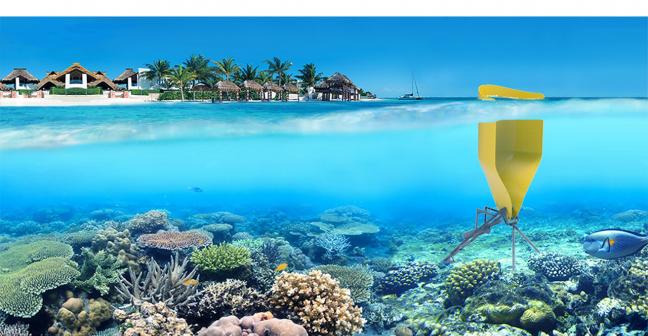The IES celebrates the International Day of Women and Girls in Science with Sheryl Lee, PhD student and Research Assistant at Manchester Metropolitan University.
Throughout this webinar, Sheryl gives an insight into her PhD thesis 'Educational interventions to improve...






